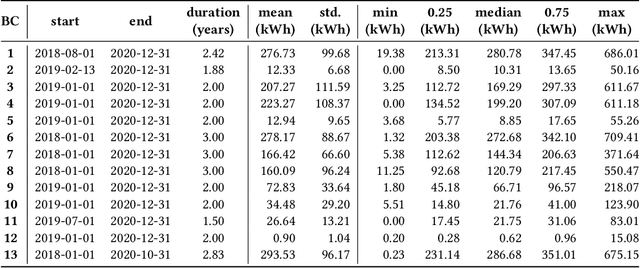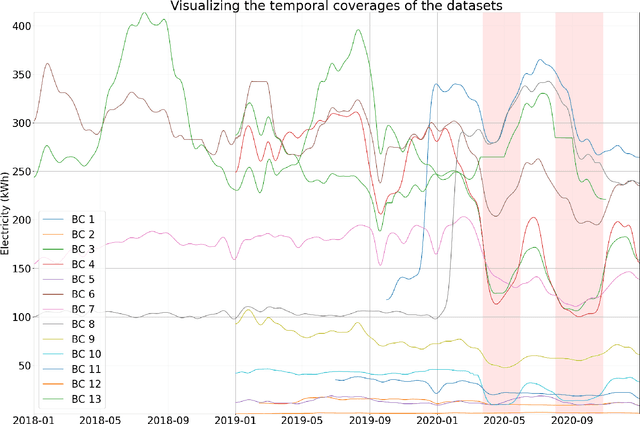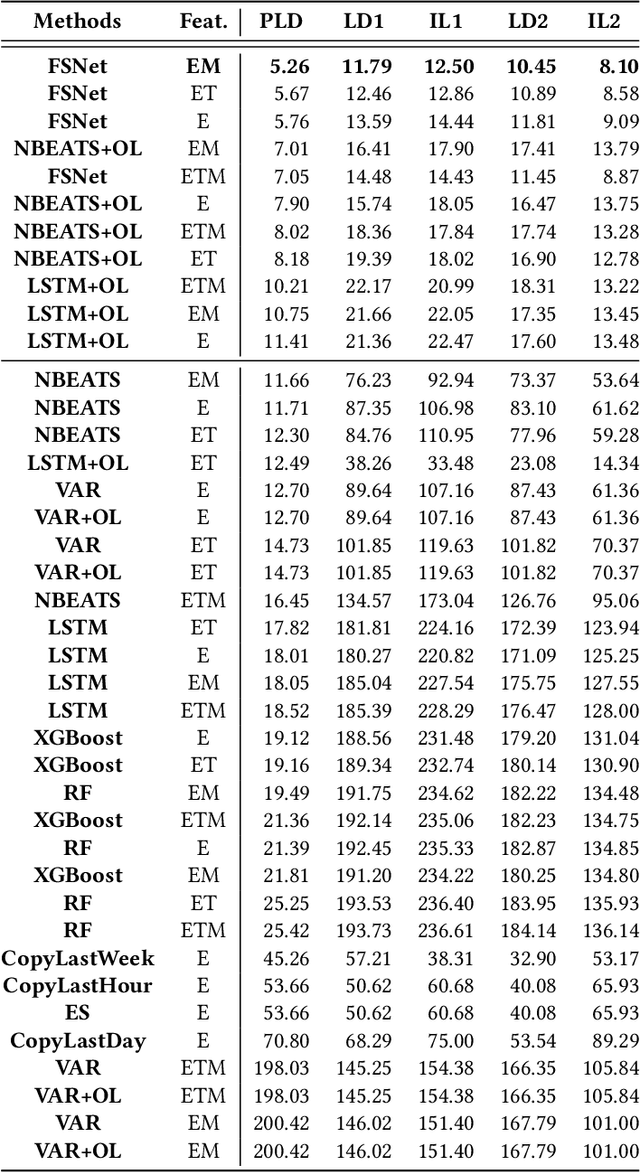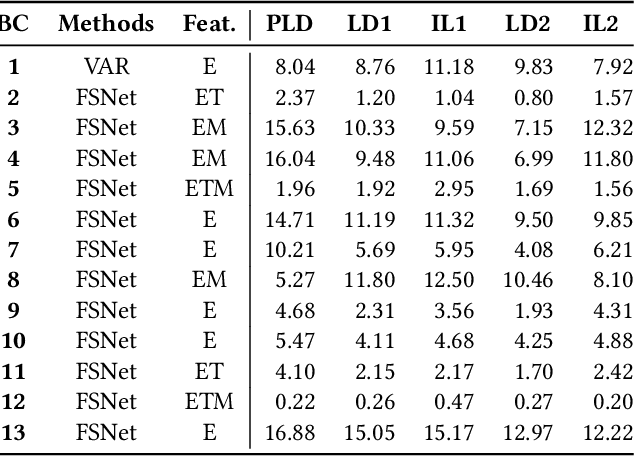Subbu Sethuvenkatraman
RAI4IoE: Responsible AI for Enabling the Internet of Energy
Sep 20, 2023



Abstract:This paper plans to develop an Equitable and Responsible AI framework with enabling techniques and algorithms for the Internet of Energy (IoE), in short, RAI4IoE. The energy sector is going through substantial changes fueled by two key drivers: building a zero-carbon energy sector and the digital transformation of the energy infrastructure. We expect to see the convergence of these two drivers resulting in the IoE, where renewable distributed energy resources (DERs), such as electric cars, storage batteries, wind turbines and photovoltaics (PV), can be connected and integrated for reliable energy distribution by leveraging advanced 5G-6G networks and AI technology. This allows DER owners as prosumers to participate in the energy market and derive economic incentives. DERs are inherently asset-driven and face equitable challenges (i.e., fair, diverse and inclusive). Without equitable access, privileged individuals, groups and organizations can participate and benefit at the cost of disadvantaged groups. The real-time management of DER resources not only brings out the equity problem to the IoE, it also collects highly sensitive location, time, activity dependent data, which requires to be handled responsibly (e.g., privacy, security and safety), for AI-enhanced predictions, optimization and prioritization services, and automated management of flexible resources. The vision of our project is to ensure equitable participation of the community members and responsible use of their data in IoE so that it could reap the benefits of advances in AI to provide safe, reliable and sustainable energy services.
Navigating Out-of-Distribution Electricity Load Forecasting during COVID-19: A Continual Learning Approach Leveraging Human Mobility
Sep 12, 2023



Abstract:In traditional deep learning algorithms, one of the key assumptions is that the data distribution remains constant during both training and deployment. However, this assumption becomes problematic when faced with Out-of-Distribution periods, such as the COVID-19 lockdowns, where the data distribution significantly deviates from what the model has seen during training. This paper employs a two-fold strategy: utilizing continual learning techniques to update models with new data and harnessing human mobility data collected from privacy-preserving pedestrian counters located outside buildings. In contrast to online learning, which suffers from 'catastrophic forgetting' as newly acquired knowledge often erases prior information, continual learning offers a holistic approach by preserving past insights while integrating new data. This research applies FSNet, a powerful continual learning algorithm, to real-world data from 13 building complexes in Melbourne, Australia, a city which had the second longest total lockdown duration globally during the pandemic. Results underscore the crucial role of continual learning in accurate energy forecasting, particularly during Out-of-Distribution periods. Secondary data such as mobility and temperature provided ancillary support to the primary forecasting model. More importantly, while traditional methods struggled to adapt during lockdowns, models featuring at least online learning demonstrated resilience, with lockdown periods posing fewer challenges once armed with adaptive learning techniques. This study contributes valuable methodologies and insights to the ongoing effort to improve energy load forecasting during future Out-of-Distribution periods.
Continually learning out-of-distribution spatiotemporal data for robust energy forecasting
Jun 10, 2023Abstract:Forecasting building energy usage is essential for promoting sustainability and reducing waste, as it enables building managers to optimize energy consumption and reduce costs. This importance is magnified during anomalous periods, such as the COVID-19 pandemic, which have disrupted occupancy patterns and made accurate forecasting more challenging. Forecasting energy usage during anomalous periods is difficult due to changes in occupancy patterns and energy usage behavior. One of the primary reasons for this is the shift in distribution of occupancy patterns, with many people working or learning from home. This has created a need for new forecasting methods that can adapt to changing occupancy patterns. Online learning has emerged as a promising solution to this challenge, as it enables building managers to adapt to changes in occupancy patterns and adjust energy usage accordingly. With online learning, models can be updated incrementally with each new data point, allowing them to learn and adapt in real-time. Another solution is to use human mobility data as a proxy for occupancy, leveraging the prevalence of mobile devices to track movement patterns and infer occupancy levels. Human mobility data can be useful in this context as it provides a way to monitor occupancy patterns without relying on traditional sensors or manual data collection methods. We have conducted extensive experiments using data from six buildings to test the efficacy of these approaches. However, deploying these methods in the real world presents several challenges.
Building Metadata Inference Using a Transducer Based Language Model
Dec 05, 2022Abstract:Solving the challenges of automatic machine translation of Building Automation System text metadata is a crucial first step in efficiently deploying smart building applications. The vocabulary used to describe building metadata appears small compared to general natural languages, but each term has multiple commonly used abbreviations. Conventional machine learning techniques are inefficient since they need to learn many different forms for the same word, and large amounts of data must be used to train these models. It is also difficult to apply standard techniques such as tokenisation since this commonly results in multiple output tags being associated with a single input token, something traditional sequence labelling models do not allow. Finite State Transducers can model sequence-to-sequence tasks where the input and output sequences are different lengths, and they can be combined with language models to ensure a valid output sequence is generated. We perform a preliminary analysis into the use of transducer-based language models to parse and normalise building point metadata.
 Add to Chrome
Add to Chrome Add to Firefox
Add to Firefox Add to Edge
Add to Edge